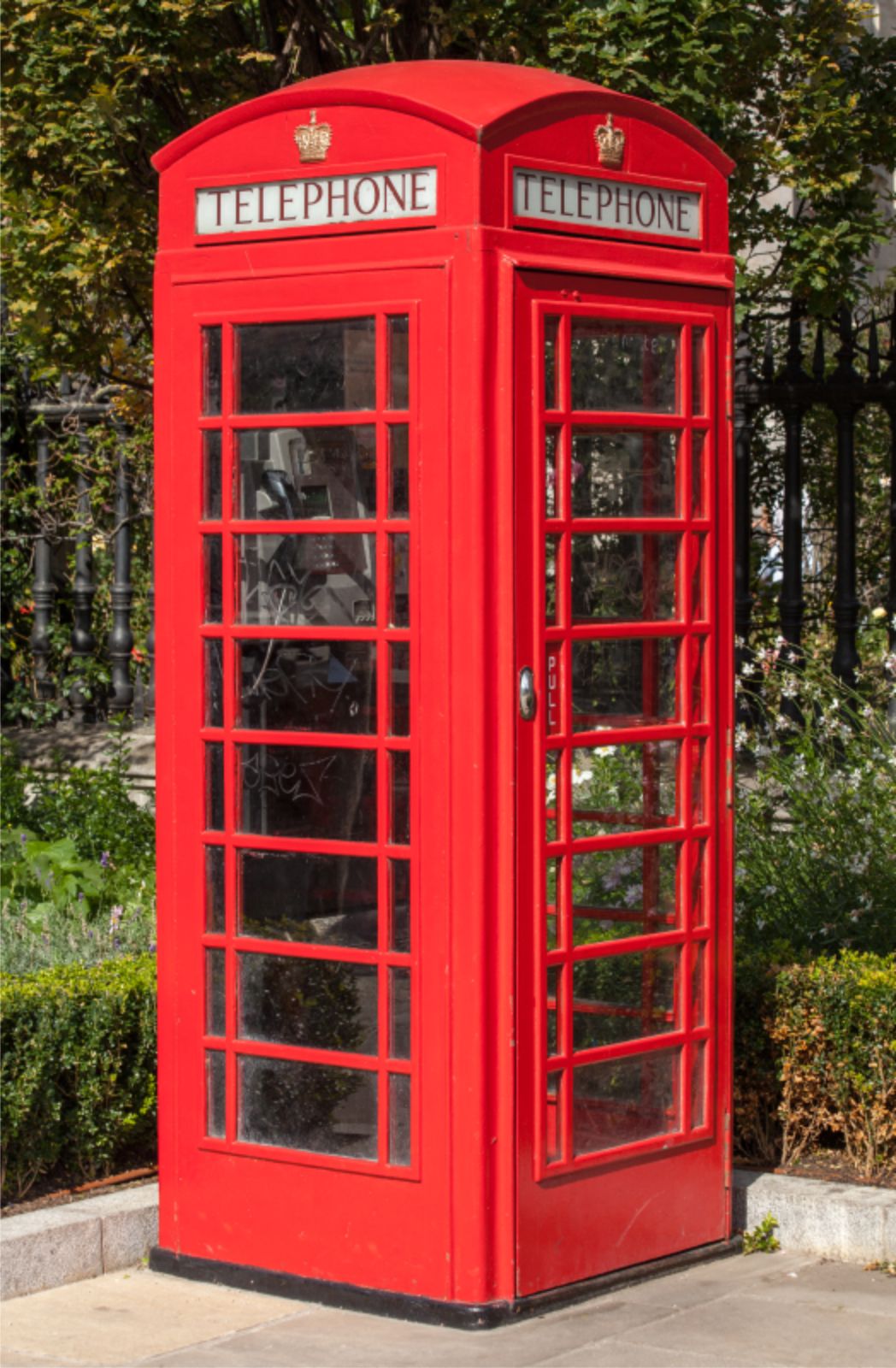Born in London (9 November 1880 – 8 February 1960), Giles Gilbert Scott is an architect known for some of his projects such as the Battersea Power Station, the coal-fired power station on the banks of the Thames, the Bankside Power Station and for the iconic red phone booth.
The station consists of two buildings which, although built at different times, the first in the 1930s and the second twenty years later, is made up of an identical design characterized by the four fireplaces. The station is one of the largest brick buildings in the world and stands out for its sumptuous Art Deco furnishings and decorations. It became famous for being featured on the cover of Pink Floyd’s album “Animals”.
Following this project, Giles Gilbert Scott was commissioned to build another London power station, Bankside, which today houses the Tate modern art gallery, with a steel structure, covered with bricks and with a central chimney 99 meters high. In April 1994 the Tate Gallery announced that Bankside would be the home of the new Tate Modern.
The traditional British red telephone kiosk, despite a large reduction in his presence in recent years, can still be seen in many places across the UK and in the current or former British colonies of Malta, Bermuda and Gibraltar. The red K2 telephone booth was the result of a competition in 1924, and in 1929 Giles Gilbert Scott also made the K3 concrete version. Other later models were built until K6 in 1935 to commemorate the silver jubilee of King George V.





Комментариев нет:
Отправить комментарий